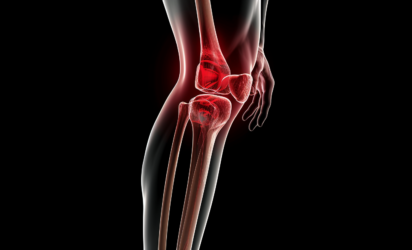Blog Outline
Introduction
Cold weather can make it challenging to stay active and maintain your energy level, but with the right strategies, you can thrive even during the winter months. As a Sports Medicine and Lifestyle Medicine physician, I want to share my top five tips for staying healthy, energetic, and active this winter. These simple strategies will help you beat the winter blues, prevent injuries, and keep your fitness goals on track.
-
Dress for Success: Layer Up!
Cold weather shouldn’t stop you from enjoying outdoor activities like running, walking, or hiking. Choose moisture-wicking base layers to keep sweat off your skin, insulating layers to retain warmth, and a water-resistant outer layer to protect against wind and snow. Don’t forget gloves, hats, and warm socks to protect extremities from the cold.
Pro Tip: Choose bright or reflective clothing if you’re exercising in low-light conditions. Pick out your outfit the day before so you are ready to get out the door.
-
Stay Safe with Proper Warm-Ups
Cold muscles are more prone to injury, so warming up is crucial before any workout. Spend 5-10 minutes doing simple activities such as jumping jacks, light jogging in place, or dynamic stretches. This will improve flexibility, circulation, and overall performance and can help to prepare your body for more intense exercise.
-
Bring the Workout Indoors
When outdoor workouts aren’t an option because of freezing temperatures or icy conditions, explore indoor activities to keep moving. Use home fitness equipment, attend classes at your local gym, or participate in virtual workout programs to help maintain your routine. This is a good time to try out something new such as yoga or strength training.
Pro Tip: Try high intensity interval training indoors to boost calorie burn and maximize your time.
-
Boost Your Immune System and Energy with Nutrition
Winter comfort foods are tempting, but fueling your body with seasonal, nutrient-rich foods will help you to stay healthy during winter. Focus on lean protein, leafy greens, citrus fruits, and hearty seasonal root vegetables such as carrots, onions and sweet potatoes. Incorporate foods rich in Vitamin C, Vitamin D, and zinc to strengthen your immune system. Staying hydrated is equally important—don’t let the cold fool you into drinking less water. Keep a water bottle handy and drink regularly throughout the day.
Pro Tip: Prep meals and snacks ahead of time to avoid unhealthy choices on busy winter days. Nuts, seeds, fresh or dried fruit are all great options for on the go snacking.
-
Keep Your Energy Up with Consistent Sleep
Shorter days and darker mornings can disrupt your sleep schedule, leaving you feeling sluggish. Aim for 7-9 hours of quality sleep each night to restore energy and support recovery. Establishing a consistent bedtime routine, avoiding caffeine in the evening, and minimizing screen time before bed can all improve your sleep quality.
-
Bonus Tip: Listen to Your Body
Winter weather can impact how your body feels during workouts. If you’re experiencing stiffness or soreness, adjust your routine or incorporate more recovery-focused activities like stretching or foam rolling. Stay proactive about injury prevention by consulting a Sports Medicine physician if you notice any persistent discomfort.
Staying active and energized during the winter is entirely possible with the right mindset and strategies. Embrace the season, stay consistent with your health goals, and enjoy the benefits of a winter wellness routine.
For more personalized advice or to address specific health concerns, schedule an appointment with CORE Sports Medicine & Lifestyle Medicine. We’re here to help you live your healthiest life year-round!






Leave a Reply